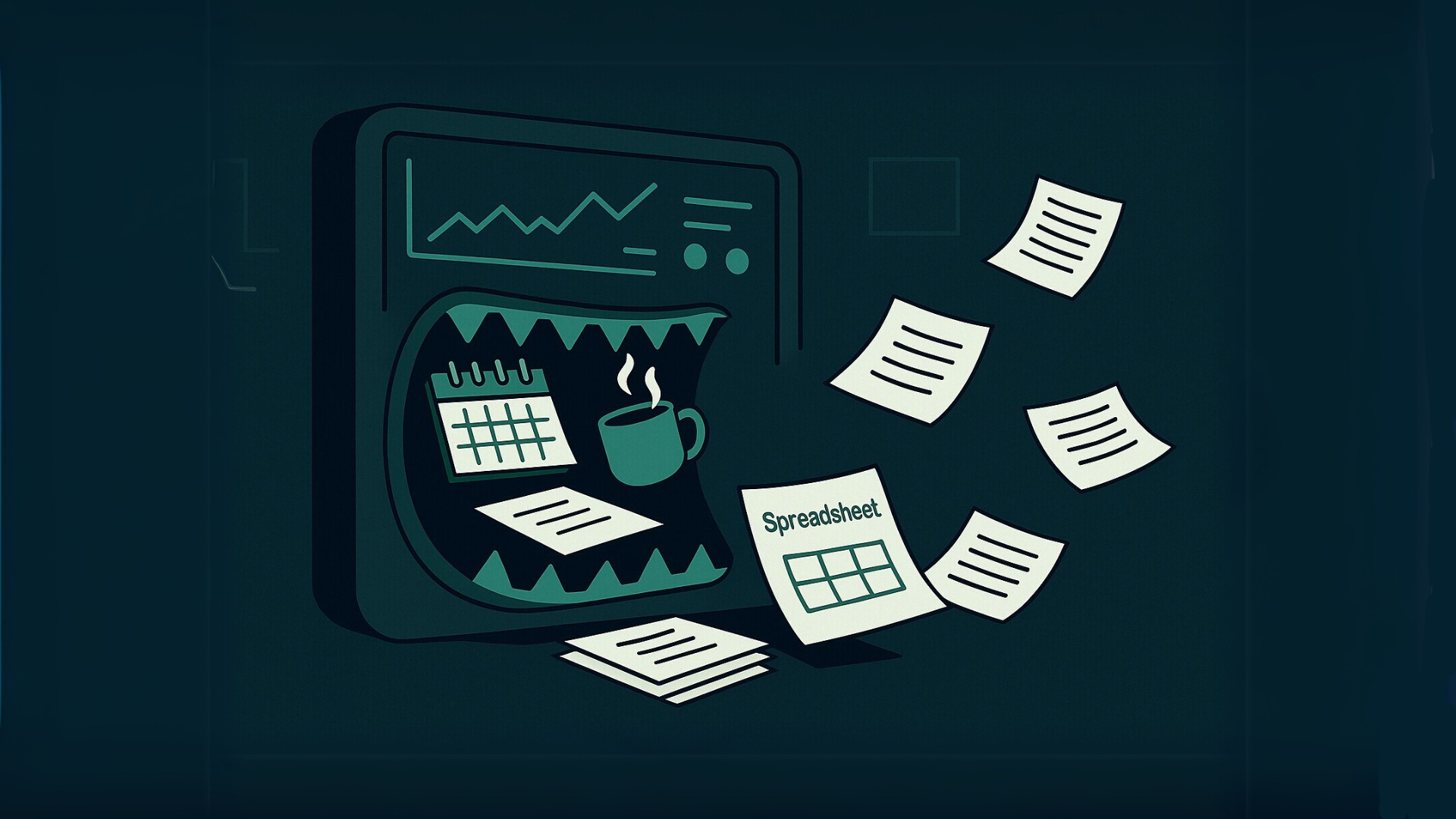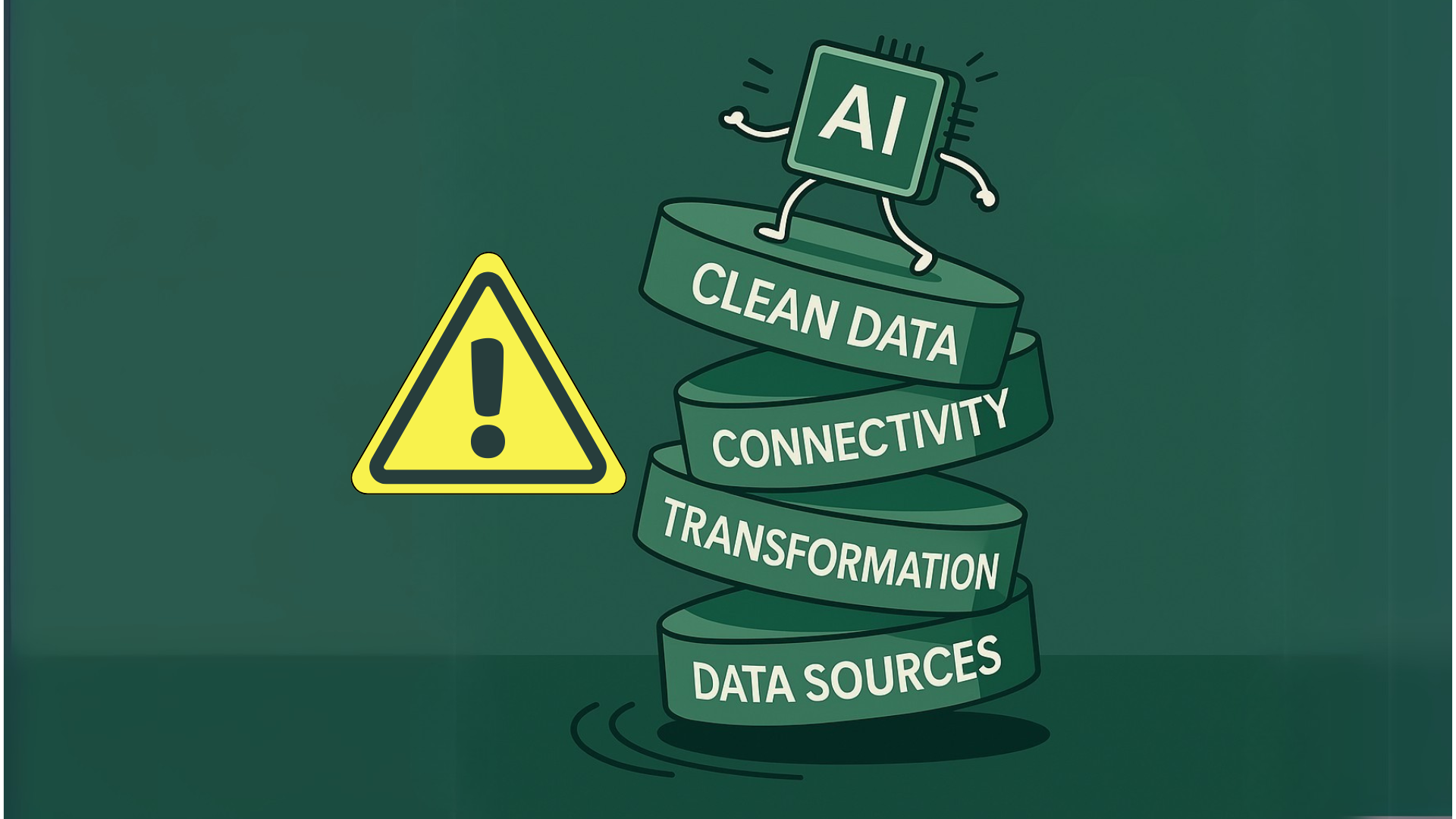Amid the AI Hype, Don't Skip the Stack
Everyone Wants AI. Few Have the Data Stack to Support It. There’s no shortage of AI tools promising to transform your business. Smart workflows,...

Without a modern data stack, your dashboards devour time, sanity, and sleep.
They were meant to provide clarity. A snapshot. A pulse.
But somewhere between refreshing reports, cleaning exports, fixing filters, and chasing down missing metrics, dashboards quietly became a second job.
For ops teams, analysts, and anyone trying to steer the business, dashboards that look live often come with a hidden tax: manual work, brittle systems, and constant maintenance.
And without a real data stack—no warehouse, no automation, no reliable models—your dashboard isn’t reporting.
It’s feasting on your week. Every week.
Dashboards are only as strong as what’s behind them. And most are propped up by:
If your dashboard is updated on Fridays because “that’s when we clean the numbers,” it’s not operational—it's ornamental.
You don’t need to hate dashboards to admit when they’re doing more harm than good. Here are the signs your dashboard is quietly eating your week:
It’s not your dashboard’s fault.
It’s just hungry—and without the right inputs, it starves, breaks, or demands constant feeding.
Here’s what a healthy dashboard setup looks like:
When you have this flow in place, dashboards do what they were meant to do: show real insight, not require real effort.
At Nockpoint, we built a modern stack designed for growing teams—without hiring a data team.
We connect your tools, apply clean logic through prebuilt models, and let you explore your business through fast, trustworthy dashboards.
You get:
Dashboards aren’t broken.
But if you’re spending your week just trying to keep them alive, your system is.
A real-time dashboard isn’t about the chart—it’s about the foundation.
And when that’s solid, your team can finally stop feeding the machine—and start moving faster.
Still feeding dashboards by hand?
Request a Data Maturity Assessment and we’ll walk through your current setup, what’s costing you time, and what a clean, automated stack could look like..
We’re offering these one-on-one's for free while we refine the appraoch. Book your spot now.

Everyone Wants AI. Few Have the Data Stack to Support It. There’s no shortage of AI tools promising to transform your business. Smart workflows,...

Spreadsheets: Versatile, Familiar—But Costly at Scale Spreadsheets are the duct tape of modern business. They're flexible, familiar—and dangerously...